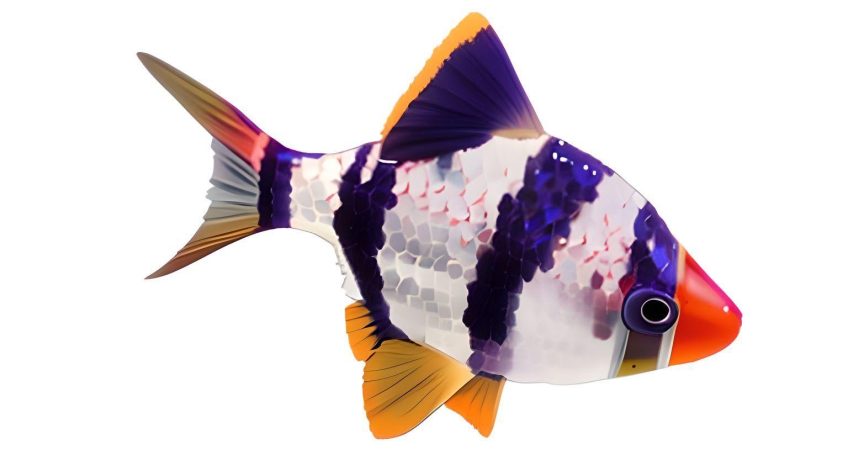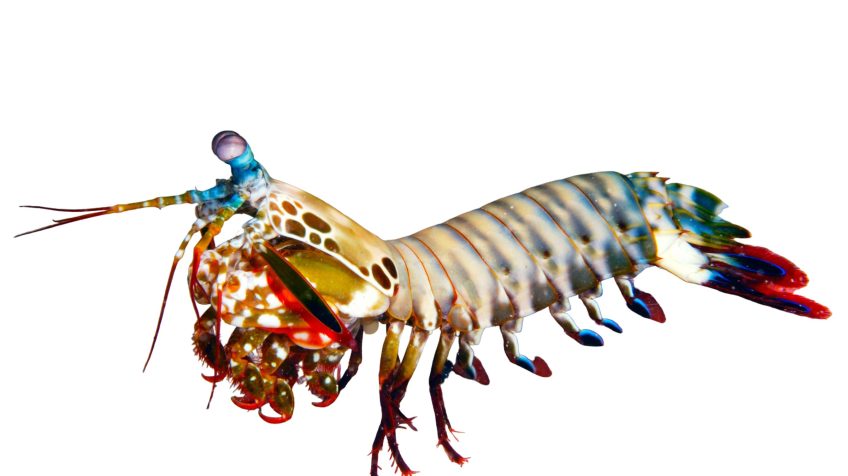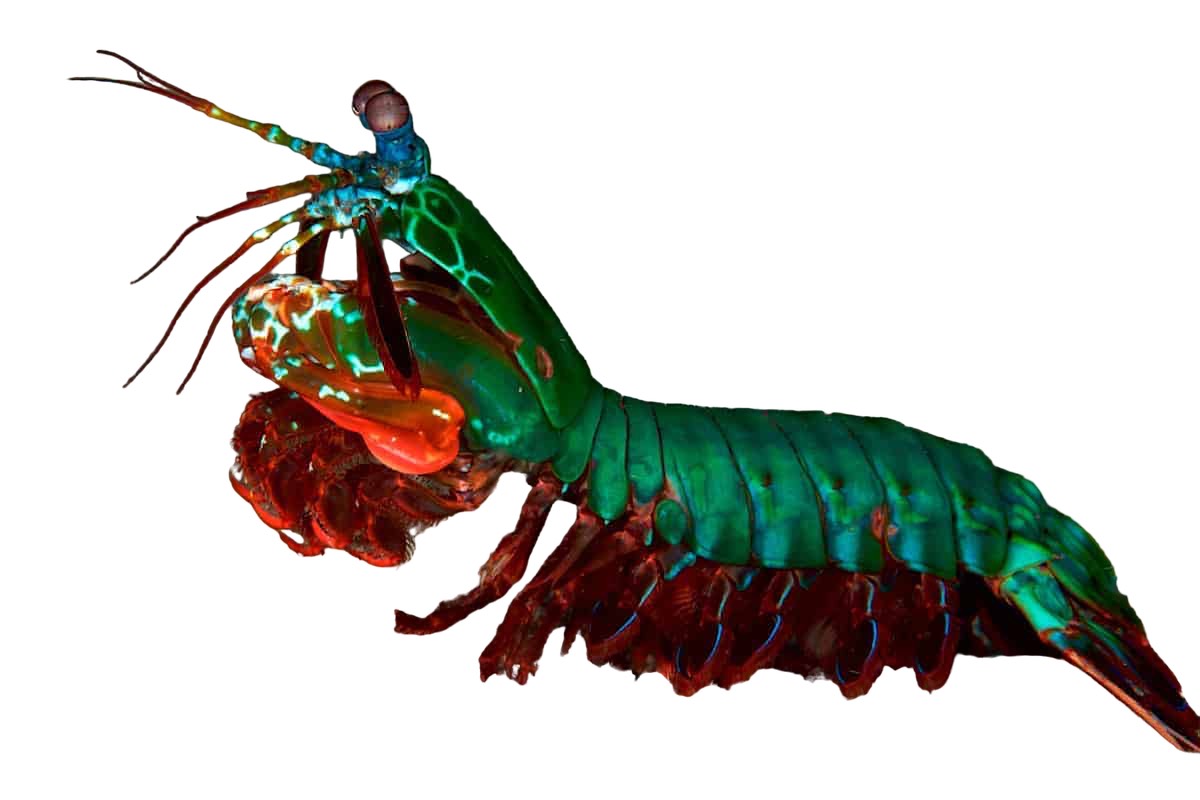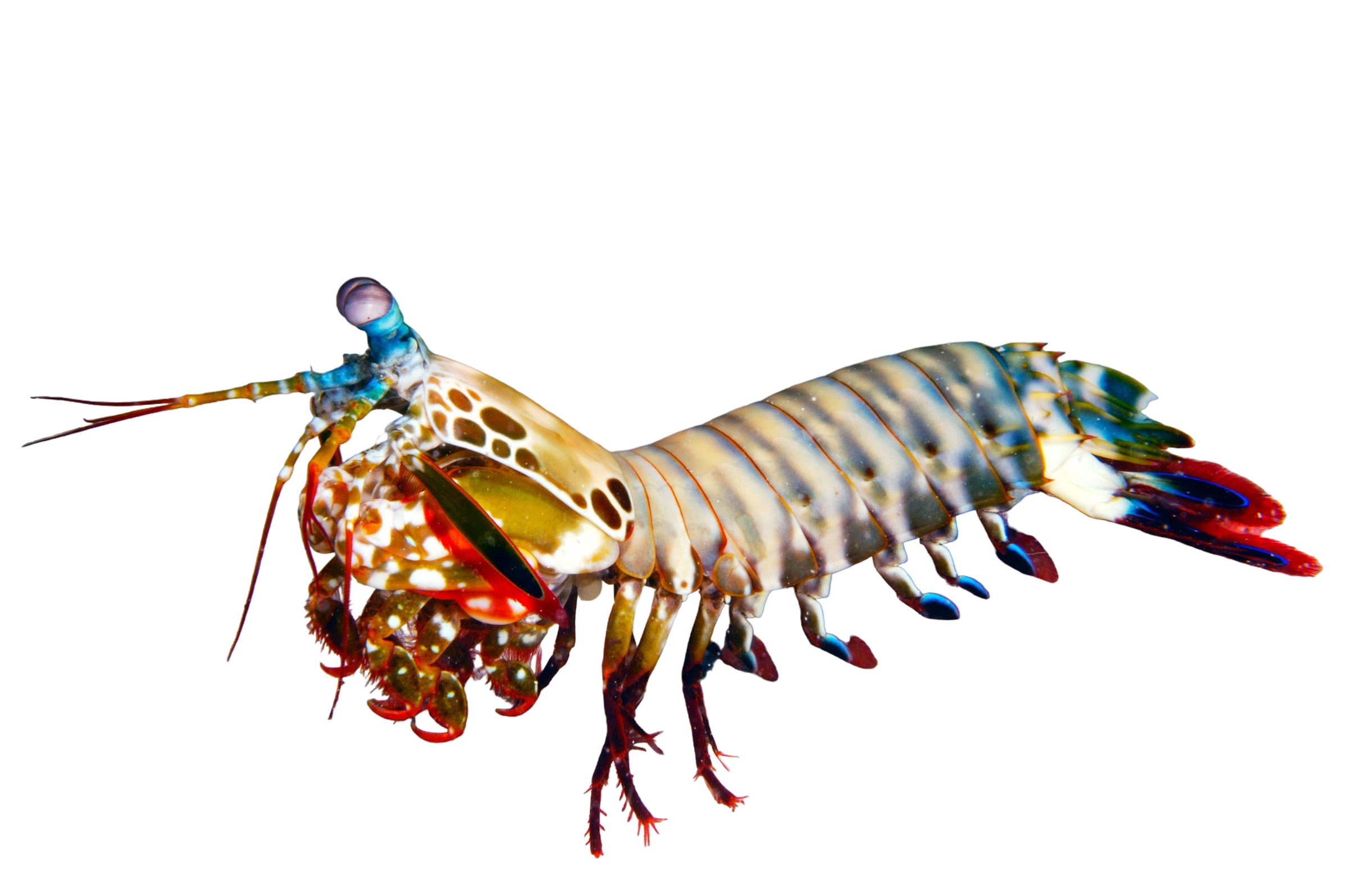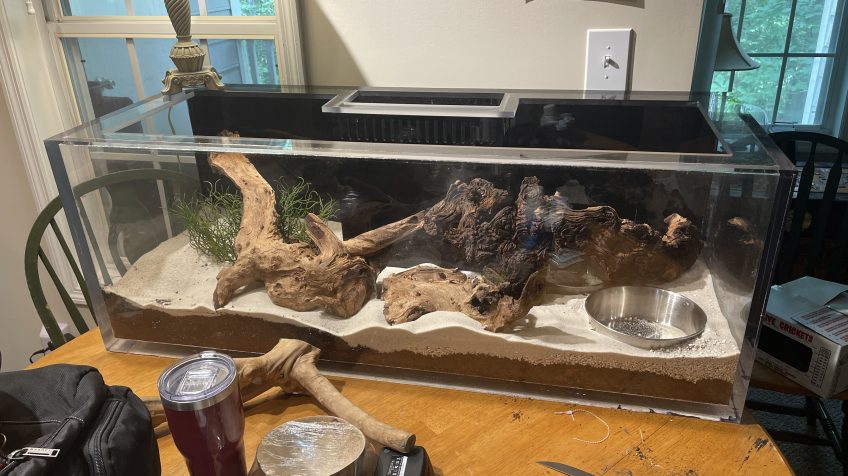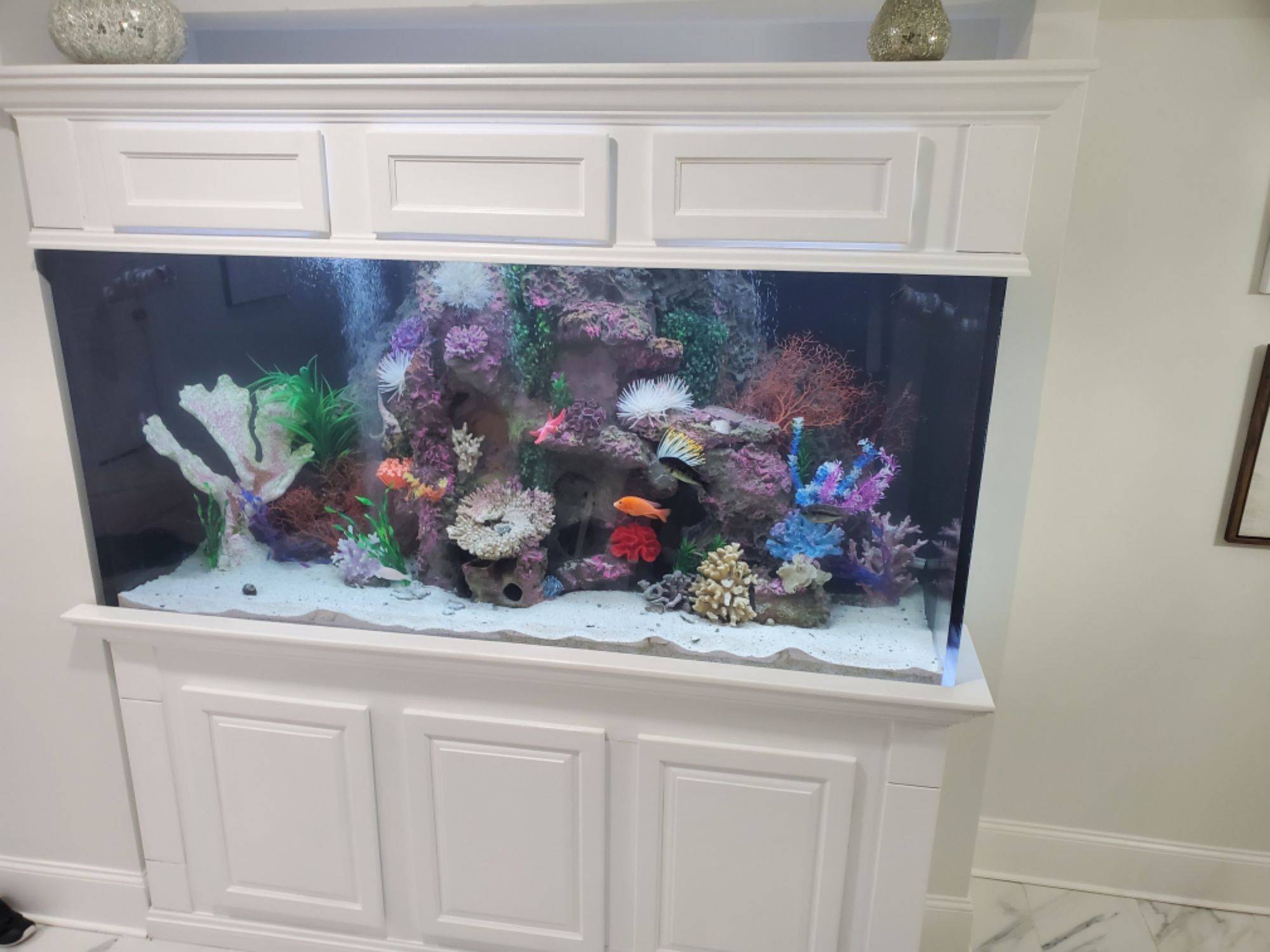
Panting
Good Morning
I'm not sure if I need to be worried…
Last night wasn't as bad as 2 nights ago (photo on sofa) My older dog was panting pretty heavy. She's now lying down, and her heavy breathing almost always slows then. She does well on walks. All other behavior remains the same. Loves to eat and beg. Drinks water. Appetite unchanged. I know air quality has been bad. She's inside (73 degrees) all day except walk and maybe 30 minutes in yard. Usually a walk around the perimeter, then sitting on deck enjoying nature.
Thoughts?

There's nothing that would make me worry very much but if the rapid panting at rest is “really a thing” – ( So noticeable and so suddenly ) that is disruptive AND unexplainable, I can check her out. 'There are at least three things that cause panting, with pain in the lead, existential angst third, and then “decreased pulmonary compliance” in third.
Cardiac failure or pneumonia are practically impossible because other symptoms would be present. In spite of that, the franchise vets love an Xray, Holter monitor, bloodwork, echocardiogram, EKG, MRI and transtracheal wash and culture of recovered fluids. $4,000
Decreased pulmonary compliance is that gradual process where a chest (ribcage) gets more and more stiff. Like a puppy is entirely compressible, and can fit through narrow spaces, an elderly dog has a stiff barrel-chest. It's “normal” as they get older and older and then causes these bouts of shallow panting where the dog acts like nothing-at-all is wrong.
Pain, the most common cause of panting, can be pancreatic, back, hips and knees, even bladder or teeth. But normally the owner has extra-signs to support or tip-us-off to those issues.
“Existential Angst” also known as Sundowners, and Night Pacers, the dogs can be going deaf, and their vision may be closing in, and it causes the dogs to be anxious and even have quick panting bouts (like little anxiety-attacks) and still act “pretty normal” but the owners usually supply that “She seems kinda anxious when these events occur.”

